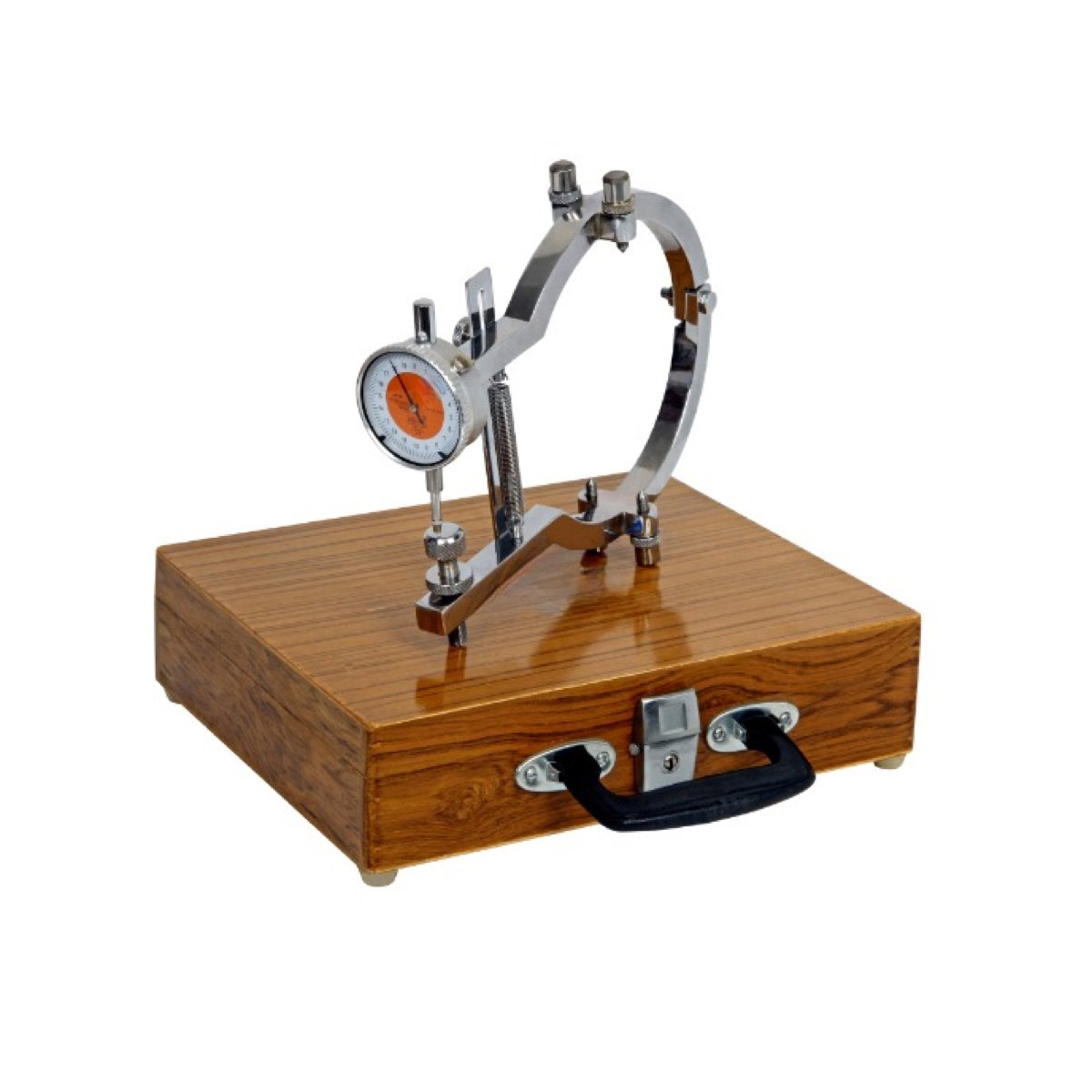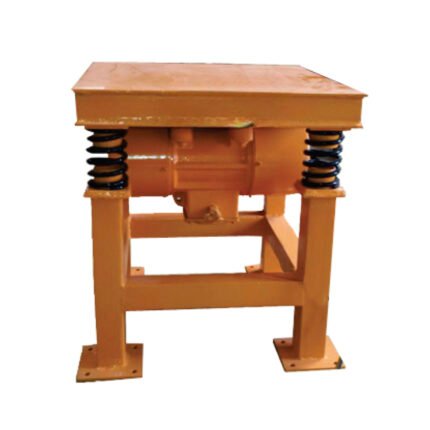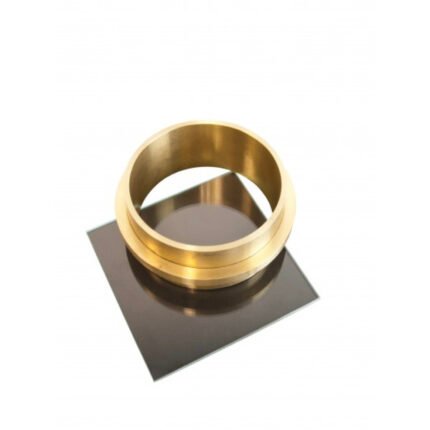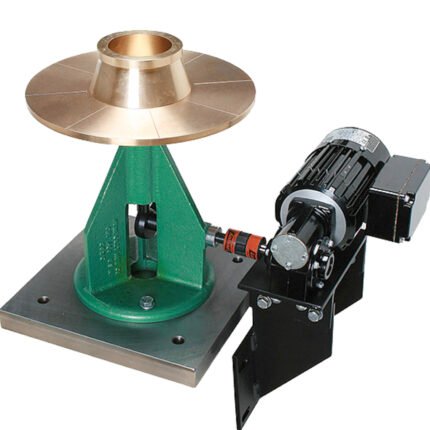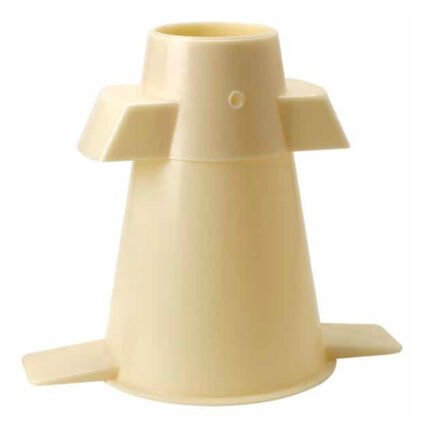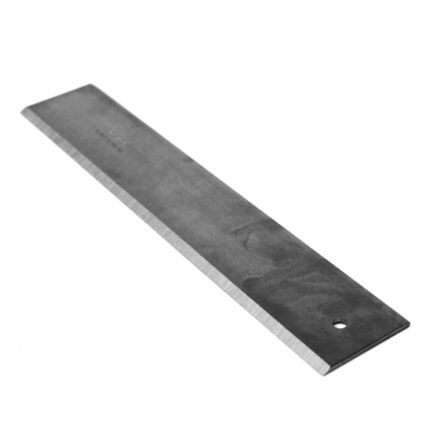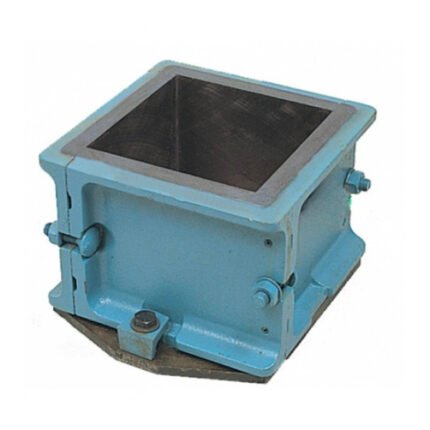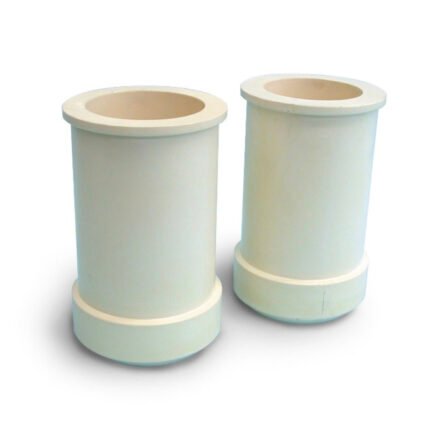AZA 1171 LATERAL EXTENSOMETER
- Precisely measures lateral strain on concrete specimens
- Durable, high-quality construction with corrosion resistance
- Compatible with compression testing machines
- Easy to mount and adjust during operation
- Suitable for laboratory and field applications
- Delivers accurate and repeatable results
Description
Lateral Extensometer is an essential instrument for determining the lateral strain or deformation in concrete and similar rigid materials during compressive testing. Designed for high precision and durability, this extensometer is a standard tool in materials testing laboratories and civil engineering applications.
Unlike axial extensometers, the lateral extensometer is specifically engineered to monitor the transverse or lateral deformation of cylindrical or cubical concrete specimens. By clamping onto the specimen, it allows for the detection of minute dimensional changes under load — a crucial metric when evaluating Poisson’s Ratio, modulus of elasticity, or failure characteristics of materials. AZALAB
This is for determining the lateral extension of 150 mm dia x 300 mm high cement concrete cylinders while testing them under compression. The unit consists of two movable frames pivoted at one end. The extensometer is fixed to the specimen with the help of tightening screws. The lateral extension is indicated on a dial gauge of 0.002 mm x 5 mm is mounted on the upper ring and the tip of the dial gauge rests on an anvil. The zero on the dial gauge can be set by adjusting the anvil screw. Supplied in a wooden carrying case.
Why Use a Lateral Extensometer?
When concrete specimens undergo compressive loading, they not only shorten axially but also expand laterally. Measuring this lateral strain is vital in research and quality control for understanding material behavior. The lateral extensometer offers a simple yet robust method to capture this data with high fidelity.
Key benefits of using a lateral extensometer include:
-
Non-destructive Measurement: Attaches externally without altering the specimen.
-
High Accuracy: Offers micrometer-level resolution, ensuring reliable test results.
-
Durability: Built using corrosion-resistant materials to withstand repeated usage.
-
Easy Integration: Fits seamlessly with most universal or compression testing machines.
Design and Compatibility
The extensometer consists of two contact points that are placed on either side of the specimen. It uses a mechanical or electronic gauge to detect and record changes in diameter. Most models are equipped with a dial gauge or can be upgraded with a digital LVDT sensor for data acquisition.
Its adjustable arms and clamps make it suitable for various specimen sizes and shapes. The modular design also ensures compatibility with automated data logging systems for real-time monitoring.AZALAB
Applications Across Industries
-
Construction: Analyze concrete mixes, assess structural integrity.
-
Education & Research: Ideal for civil engineering labs and training programs.
-
Material Science: Used in experiments to test the mechanical properties of new composites.
-
Industrial Testing: Validate construction materials for regulatory compliance.
Specifications
| Parameter | Value |
|---|---|
| Gauge Length | 50 mm (standard), adjustable |
| Measuring Range | ±3 mm or more (depending on model) |
| Resolution | 0.01 mm |
| Material | Stainless steel/aluminum alloy |
| Mounting Type | Clamp-based (suitable for cube/cylinder specimens) |
| Compatibility | Works with universal testing machines |
| Application Area | Concrete, rock, and rigid materials testing |
| Operating Environment | Lab and industrial setups |
✅ FREQUENTLY ASKED QUESTIONS (FAQ)
Q1: What is a lateral extensometer used for?
A: It is used to measure lateral deformation in concrete specimens during compressive loading.
Q2: Is it compatible with all testing machines?
A: Yes, it works with most standard compression and universal testing machines.
Q3: Can it be used for cylindrical and cube specimens?
A: Yes, the adjustable clamps accommodate both shapes.
Q4: What is the maximum lateral strain it can measure?
A: Typically ±3 mm, depending on the model.
Q5: Does it support digital data logging?
A: Advanced models support integration with LVDT sensors and DAQ systems.
Additional information
| Gauge Length |
50 mm (standard), adjustable |
|---|---|
| Resolution |
0.01 mm |
| Operating Environment |
Lab and industrial setups |
You may also like…
AZA 0786 CEMENT SAMPLER
AZA 0787 BLAINE’S AIR PERMEABILITY APPARATUS
IS 4031, 5516, 1727 & 4828, ASTM C-204, BS 4359-2
Specification: Designed to find out specific gravities of semi liquids like mud and other liquids having densities in the range 0.8 to 2.5. It has a stainless steel bam calibrated specific gravities from 0.8 to 2.5. A stainless-steel cup with lid and overflow vent is fitted on one side of the beam. A counter weight with cursor slides over the graduated scale. The beam has a knife-edge at center which rests in a fulcrum fitted in the stand. Leveling screws and spirit level are fitted to the stand.
Spares & Accessories (On Extra Cost):
Punch to cut filter paper discs. Non-perforated disc. Suction bulb, Mercury.
AZA 0788 VICAT NEEDLE APPARATUS WITH DASHPOT
AZA 0789 RING MOULD
AZA 0790 GILLMORE NEEDLE APPARATUS
AZA 0792 FLOW TABLE (MOTORISED)
Related products
AZA 1101 VEE BEE CONSISTOMETER
- Vee Bee Consistometer for stiff concrete workability testing
- Performs slump test + Vee Bee time for dual accuracy
- Ideal for dry, roller-compacted concrete and pavement mixes
- Vibrating table ensures uniformity in testing
- Includes cone, container, graduated rod & vibration unit
- Built as per IS 1199 and ASTM C1170 standards
- Reliable results in construction material testing labs
AZA 1103 SLUMP CONE, PLASTIC
AZA 1105 CHASE AIR INDICATOR
AZA 1118 LABOMIX CONCRETE PAN MIXER
AZA 1119 TAMPING ROD
AZA 1120 STRAIGHT EDGE
AZA 1122 CUBE MOULD (METAL)
- Cube Mould AZA 1122: Precision-engineered for 150mm concrete sample casting.
- Material: Constructed from durable metal for long-term use.
- Standard Compliance: Meets IS and BS specifications for concrete testing.
- Design: Rigid construction ensures dimensional accuracy and repeatability.
- Application: Ideal for laboratories, construction sites, and educational institutions.

 Rock
Rock Aggregate
Aggregate Cement
Cement Concrete
Concrete Soil
Soil Steel
Steel Bitumen/Asphalt
Bitumen/Asphalt Security Survey Equipment
Security Survey Equipment General Items
General Items